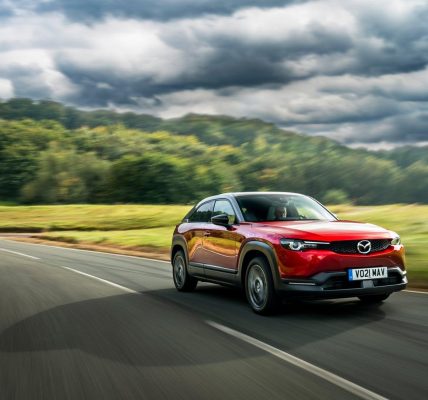Two features of the iPhone 13 that other handsets will copy
The level of obsolescence that manufacturers build into their phones these days is getting ridiculous. It’s only eight months since the release of the £700 iPhone 12 – claimed by Apple to be its best ever – yet it’s already been rendered obsolete by a tide of speculation about its successor.
Last year’s iPhone helped to popularise the new fifth generation mobile networks – 5G for short – and since then a slew of cheaper models has followed, with most of Apple’s rivals joining the rush.
The iPhone 13, which is expected around October, promises to bring at least two more improvements to existing handsets.
The most obvious of these is reducing the likelihood of the battery dying half way through the day, no matter how long you charged it the previous night. Battery technology has struggled to keep up with advancements in processors, cameras and all the other components that suck up juice. Before the smartphone era it was not uncommon for devices to run all week on a single charge; it will likely be decades before that is possible again.
But the iPhone 13 takes a step in the right direction by coupling high capacity batteries with lower-powered processing chips to produce a handset that lasts a whole two days on a single charge. That, at least, is according to the Apple rumour mill; the company itself never confirms specifications until a few weeks before launch date.
Longer-lasting batteries are by far the most requested features on new phones. But for years now the market has moved in the opposite direction, with non-swappable units preventing us from even carrying a spare. As a result, the accessories market has had a field day with portable power packs, wireless charging pods and USB hubs whose combined effect is to make our phones less portable.
The iPhone 13 – and, more importantly, the copycat handsets that will follow – might just usher in an age when £700 buys you a device that can stay awake as long as you can.
The other innovation of Apple’s 2021 range is likely to be a move towards recording video from more than one camera at a time. Many phones these days have four or even five cameras, including the one at the front. You can choose between telephoto, wide-angle or superwide lenses to get the best shot without digitally enlarging – and thus degrading – the image. But shooting wide and close-up simultaneously is not usually possible; nor is filming from the front and rear cameras together; you need separate phones for that.
However, apps like DoubleTake from Filmic are changing that, with technology that can cut between different cameras on the fly, or afterwards in editing. Some of its features are available now on the iPhone 11 and 12, but this year’s model is expected to extend the possibilities still further.
Why would you want to shoot with two cameras at once? Ask a blogger. YouTube is awash with narcissistic self-publicists obsessed with covering themselves from every possible angle, and DoubleTake does the hard work for them. But it’s useful for the rest of us when we’re filming something that only happens once – a child at school sports day, for instance, because multiple shots increase the chances of getting a good one. The obvious limitation is that the angle doesn’t change, since the lenses are always in the same place.
For the moment, multicam filming and longer-lasting batteries remain the domain of those prepared to pay £700 every autumn for a new phone, but that won’t always be the case. The seeds planted by Apple today are tomorrow’s harvest for everyone.










